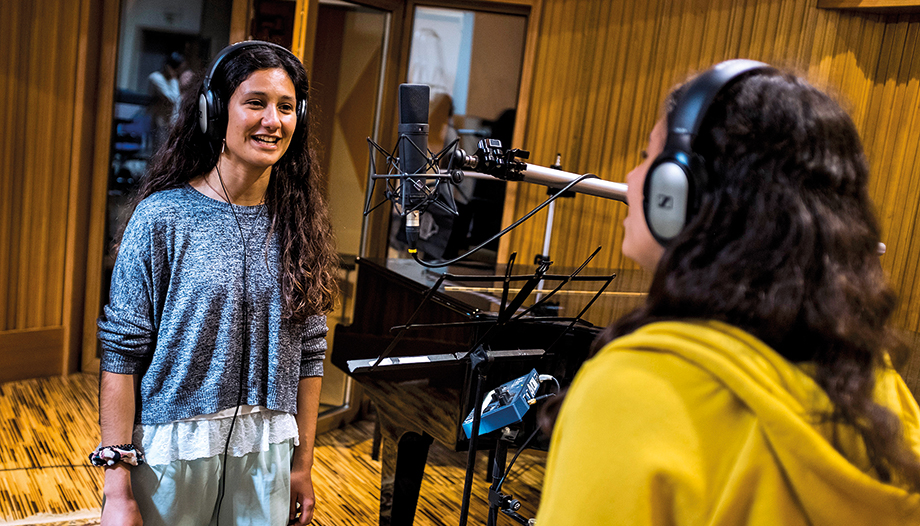More than thirty-five years after its first celebration in 1985, the World Youth Days have been called a kind of "World Youth Day".test"The aim is to reinvigorate its historical and prophetic significance in the life of the Church and for a more active evangelization in contemporary times.
In fact, in recent days, on the initiative of the Dicastery for the Laity, the Family and Life, which has been entrusted from the beginning with the organization of these initiatives of youth living together, some pastoral guidelines for the celebration of WYD at the diocesan level have been disseminated.
Although the WYD that takes place every two or three years at the international level are better known - the last one celebrated in Panama in 2019, and the next one planned for Lisbon in 2023 -, the importance of the annual celebration in the particular Churches, also as a preparatory day for the world event, should not be underestimated.
Starting this year, at the behest of Pope Francis, the annual Day, which used to be celebrated on Palm Sunday, will be moved to the Solemnity of Christ the King, at the end of the liturgical year, which usually falls in November. This decision of the current Pontiff is also a return to the past, since St. John Paul II - the one who first instituted these youth events - summoned young people to a massive gathering on the Solemnity of Christ the King in 1984.
That first convocation was the germ of what would later become the World Youth Days, meetings of young people "....pilgrims who 'walk together' towards a goal, towards an encounter with Someone, with the One who is able to give meaning to their existence, with the God made man who calls every young person to become his disciple, to leave everything behind and 'walk after him'.".
The new document, however, aims to further encourage the local Churches to take advantage of these days as an opportunity for young people to feel more and more "coprotagonists in the life and mission of the Church".
There are basically six areas that the Guidance outlines as central to this revitalization of individual diocesan events, which are to "be at the heart of every WYD".
In the first place, WYD is called to be a "World Youth Day.feast of faith"For this reason, together with the element of enthusiasm that characterizes every expression of youth, it is necessary to privilege moments of silent adoration of the Eucharist (an act of faith par excellence) and penitential liturgies (a privileged place of encounter with the mercy of God).
In addition, young people should be able to have a "Church experience"They should be listened to and involved in the preparation of the Day as well as in other structures and organizations. Here the central role is played by the bishop, who must be close to the young people to show them the paternal closeness of the pastor.
Another experience that must be safeguarded is the ".missionary"involving young people in public evangelization initiatives, "with songs, prayers and testimonies, in the streets and squares of the city where they meet their companions.". It would also be useful to promote volunteer initiatives for the poorest and most disadvantaged.
Certainly, one should not underestimate the aspect of the "vocational discernment"by making the young people perceive their "call to holinessIn any sphere of their existence, including the consecrated life or the priesthood: "...".In the delicate process that must lead them to mature these choices, young people must be accompanied and enlightened with caution."The Guidelines state.
Lastly, the document emphasizes the element of ".pilgrimageThe "young people leave their homes to set out on the road and thus ".know the sweat and toil of the journey, the fatigue of the heart and the joy of the spirit"and the opportunity to show the young people themselves the experiences of ".universal brotherhoodThe "open-door Church", thus creating inclusive spaces and the reality of an open-door Church.







